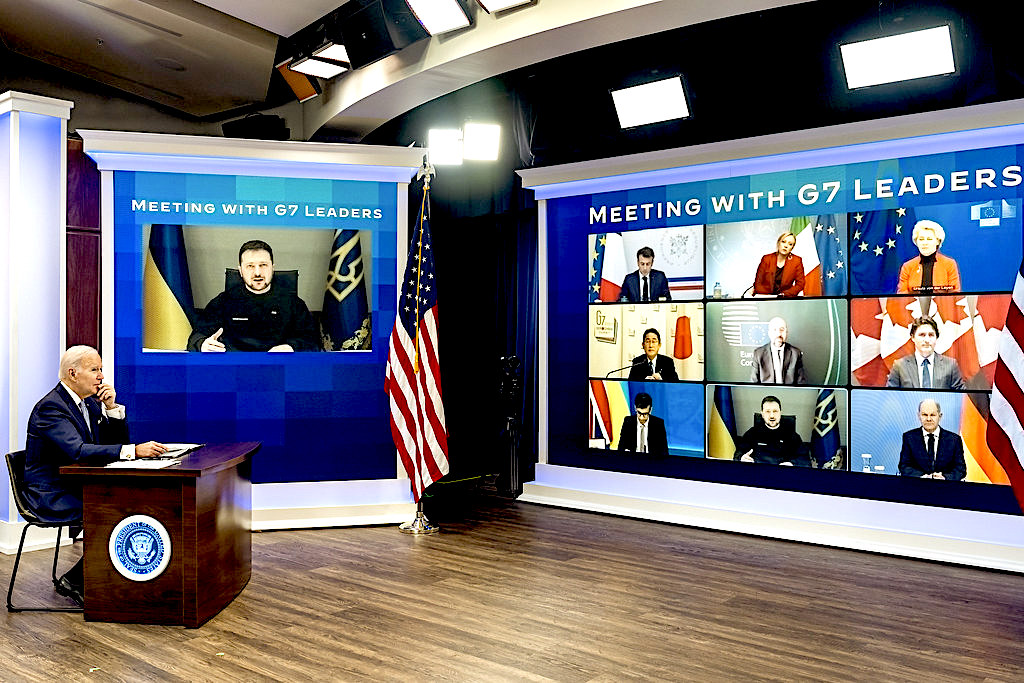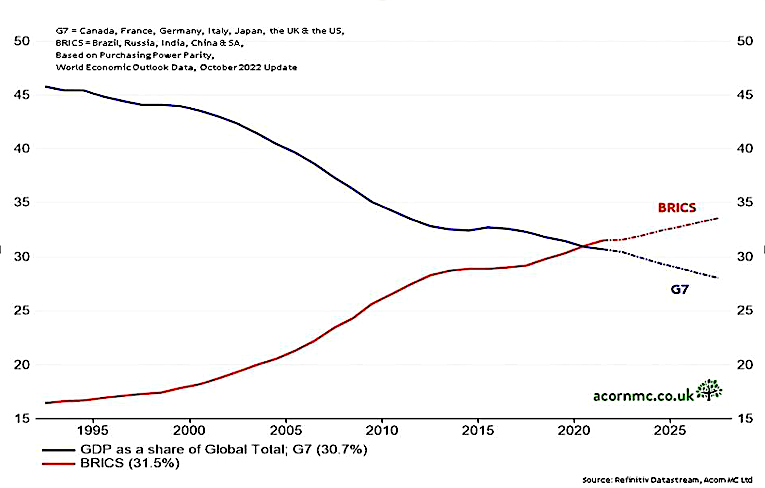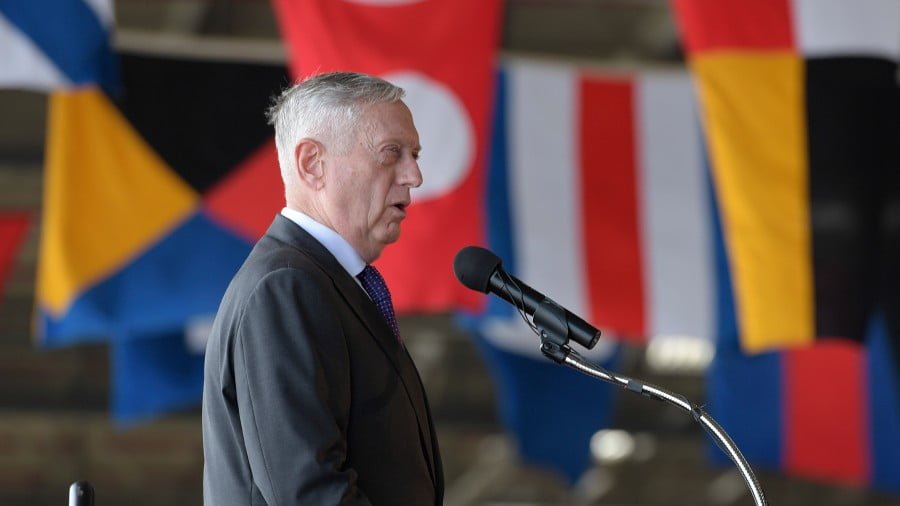G7 vs BRICS — Off to the Races
Last summer, the Group of 7 (G7), a self-anointed forum of nations that view themselves as the most influential economies in the world, gathered at Schloss Elmau, near Garmisch-Partenkirchen, Germany, to hold their annual meeting. Their focus was punishing Russia through additional sanctions, further arming of Ukraine and the containment of China.
At the same time, China hosted, through video conference, a gathering of the BRICS economic forum. Comprised of Brazil, Russia, India, China and South Africa, this collection of nations relegated to the status of so-called developing economies focused on strengthening economic bonds, international economic development and how to address what they collectively deemed the counter-productive policies of the G7.
In early 2020, Russian Deputy Foreign Minister Sergei Ryabkov had predicted that, based upon purchasing power parity, or PPP, calculations projected by the International Monetary Fund, BRICS would overtake the G7 sometime later that year in terms of percentage of the global total.
(A nation’s gross domestic product at purchasing power parity, or PPP, exchange rates is the sum value of all goods and services produced in the country valued at prices prevailing in the United States and is a more accurate reflection of comparative economic strength than simple GDP calculations.)
Then the pandemic hit and the global economic reset that followed made the IMF projections moot. The world became singularly focused on recovering from the pandemic and, later, managing the fallout from the West’s massive sanctioning of Russia following that nation’s invasion of Ukraine in February 2022.
The G7 failed to heed the economic challenge from BRICS, and instead focused on solidifying its defense of the “rules based international order” that had become the mantra of the administration of U.S. President Joe Biden.
Miscalculation

Since the Russian invasion of Ukraine, an ideological divide that has gripped the world, with one side (led by the G7) condemning the invasion and seeking to punish Russia economically, and the other (led by BRICS) taking a more nuanced stance by neither supporting the Russian action nor joining in on the sanctions. This has created a intellectual vacuum when it comes to assessing the true state of play in global economic affairs.
It is now widely accepted that the U.S. and its G7 partners miscalculated both the impact sanctions would have on the Russian economy, as well as the blowback that would hit the West.
Angus King, the Independent senator from Maine, recently observed that he remembers
“when this started a year ago, all the talk was the sanctions are going to cripple Russia. They’re going to be just out of business and riots in the street absolutely hasn’t worked …[w]ere they the wrong sanctions? Were they not applied well? Did we underestimate the Russian capacity to circumvent them? Why have the sanctions regime not played a bigger part in this conflict?”
It should be noted that the IMF calculated that the Russian economy, as a result of these sanctions, would contract by at least 8 percent. The real number was 2 percent and the Russian economy — despite sanctions — is expected to grow in 2023 and beyond.
This kind of miscalculation has permeated Western thinking about the global economy and the respective roles played by the G7 and BRICS. In October 2022, the IMF published its annual World Economic Outlook (WEO), with a focus on traditional GDP calculations. Mainstream economic analysts, accordingly, were comforted that — despite the political challenge put forward by BRICS in the summer of 2022 — the IMF was calculating that the G7 still held strong as the leading global economic bloc.

In January 2023 the IMF published an update to the October 2022 WEO, reinforcing the strong position of the G7. According to Pierre-Olivier Gourinchas, the IMF’s chief economist, the “balance of risks to the outlook remains tilted to the downside but is less skewed toward adverse outcomes than in the October WEO.”
This positive hint prevented mainstream Western economic analysts from digging deeper into the data contained in the update. I can personally attest to the reluctance of conservative editors trying to draw current relevance from “old data.”
Fortunately, there are other economic analysts, such as Richard Dias of Acorn Macro Consulting, a self-described “boutique macroeconomic research firm employing a top-down approach to the analysis of the global economy and financial markets.” Rather than accept the IMF’s rosy outlook as gospel, Dias did what analysts are supposed to do — dig through the data and extract relevant conclusions.
After rooting through the IMF’s World Economic Outlook Data Base, Dias conducted a comparative analysis of the percentage of global GDP adjusted for PPP between the G7 and BRICS, and made a surprising discovery: BRICS had surpassed the G7.
This was not a projection, but rather a statement of accomplished fact: BRICS was responsible for 31.5 percent of the PPP-adjusted global GDP, while the G7 provided 30.7 percent. Making matters worse for the G7, the trends projected showed that the gap between the two economic blocs would only widen going forward.
The reasons for this accelerated accumulation of global economic clout on the part of BRICS can be linked to three primary factors:
- residual fallout from the Covid-19 pandemic,
- blowback from the sanctioning of Russia by the G7 nations in the aftermath of the Russian invasion of Ukraine and a growing resentment among the developing economies of the world to G7 economic policies and
- priorities which are perceived as being rooted more in post-colonial arrogance than a genuine desire to assist in helping nations grow their own economic potential.
Growth Disparities

It is true that BRICS and G7 economic clout is heavily influenced by the economies of China and the U.S., respectively. But one cannot discount the relative economic trajectories of the other member states of these economic forums. While the economic outlook for most of the BRICS countries points to strong growth in the coming years, the G7 nations, in a large part because of the self-inflicted wound that is the current sanctioning of Russia, are seeing slow growth or, in the case of the U.K., negative growth, with little prospect of reversing this trend.
Moreover, while G7 membership remains static, BRICS is growing, with Argentina and Iran having submitted applications, and other major regional economic powers, such as Saudi Arabia, Turkey and Egypt, expressing an interest in joining. Making this potential expansion even more explosive is the recent Chinese diplomatic achievement in normalizing relations between Iran and Saudia Arabia.
Diminishing prospects for the continued global domination by the U.S. dollar, combined with the economic potential of the trans-Eurasian economic union being promoted by Russia and China, put the G7 and BRICS on opposing trajectories. BRICS should overtake the G7 in terms of actual GDP, and not just PPP, in the coming years.
But don’t hold your breath waiting for mainstream economic analysts to reach this conclusion. Thankfully, there are outliers such as Richard Dias and Acorn Macro Consulting who seek to find new meaning from old data.





![Eastern [African] Exposure: Ethiopia, Ethnicity, and other Kindling for Tigray’s Backstory](https://astutenews.com/wp-content/uploads/2020/12/Demonstration_of_Tigrayan_and_Eritrean_community_in_Brussels-768x432.jpg)

